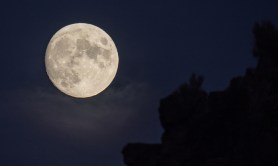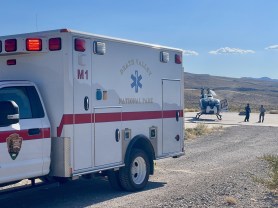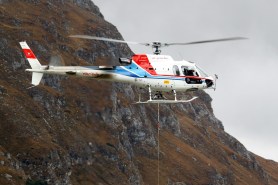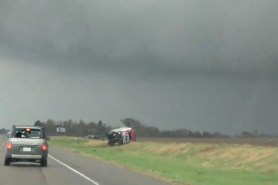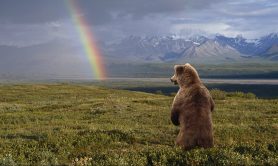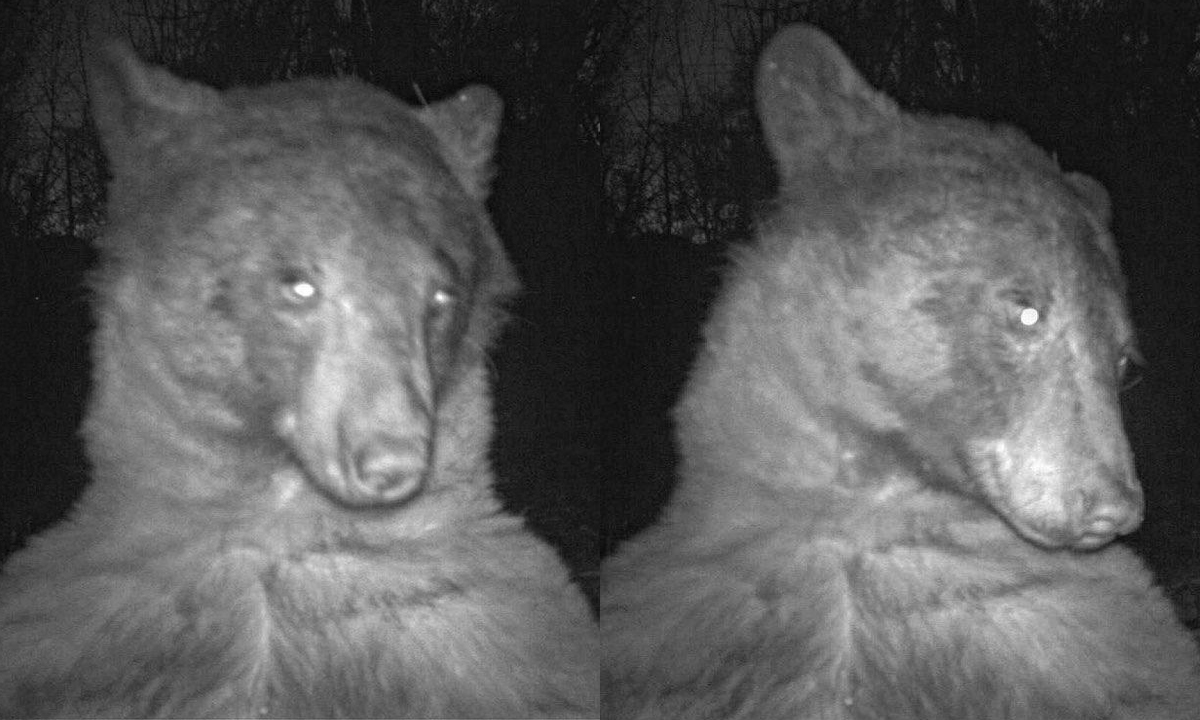

When wildlife biologists recovered footage from a Boulder, Colorado trail camera last week, they found 580 photos. 400 of them were bear selfies.
Videos by Outdoors with Bear Grylls
Boulder’s Open Space and Mountain Parks (OSMP) division has nine trail cameras distributed across more than 46,000 acres of public land. The cameras allow the biologists to observe wildlife up close without putting their safety—or the safety of the animals—at risk. It also lets them monitor species in a way that’s unobtrusive to the animals’ normal habits. Of course, that’s not to say the cameras go totally unnoticed.
Black bears are curious creatures and aren’t afraid to get close to get a better look at something they don’t understand. In this case, an adult bear spent a long time investigating the camera, which is essentially a rugged plastic box lashed around a tree. The result was a near-constant triggering of the cam’s motion sensor—and therefore a long stream of photos.
While 400 bear selfies might not teach the OSMP a whole lot about how animals are using Colorado’s vast wilderness, the trail cameras do provide valuable data about the health and habits of many other species. A compilation video of some of OSMP’s best footage reveals everything from an adult mountain lion walking down a trail, to bobcat cubs taking a rest in the shade, to a very fat bear squeezing under a fence.
“We are fortunate to live in an area with a rich diversity of wildlife species,” wildlife ecologist Christian Nunes said in a statement on OSMP’s website. “These cameras help us to learn what animals are really out there, and what they are up to over the course of a day, a week, or even years.”
And that knowledge helps biologists make decisions that will protect the animals for generations to come.


